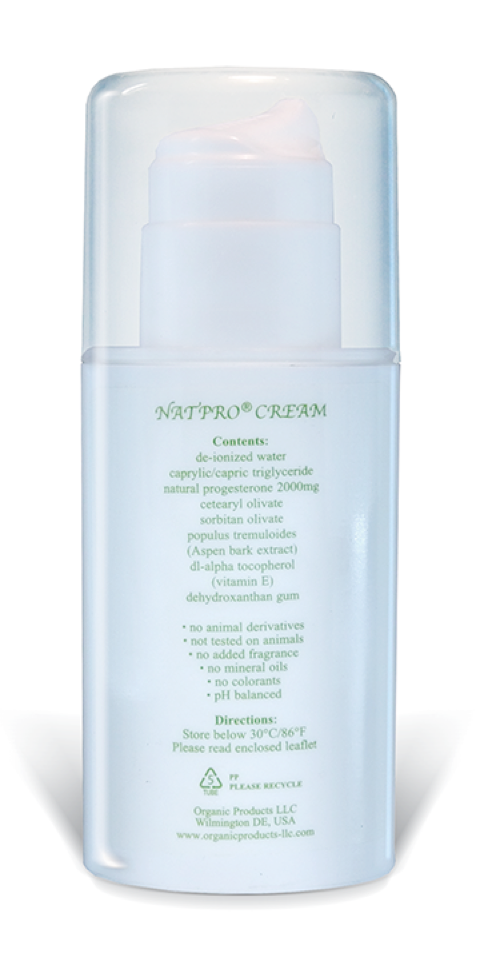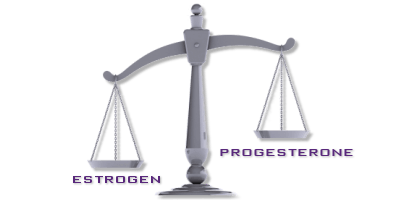DELIVERY METHODS
Progesterone - Delivery Methods
There are quite a few delivery methods available today and many use methods which do not delivery the correct amount of progesterone which in turn, causes adverse symptoms:
- Injections
- IV Transfusions
- Subcutaneous Implants
- Suppositories/Pessaries
- Vaginal Tablet
- Torches/Lozenges
- Drops
- Oral Tablets
- Gels
- Oils
- Creams
Injections - are large and can be rather painful and often contain peanut or sesame oil. The progesterone might crystallise out if the temperature drops too low. Each injection is between 50-100mg.
IV Transfusions - are used for Traumatic Brain Injury (TBI) where up to 1200mg is given. It works quickly and is an effective means of delivery progesterone in an emergency. IV transfusions are patented so there is no way of finding out what the contents are, but due to the success of the system, it works and causes no harm at all.
Subcutaneous Silastic Capsules - are implants made from a non-biodegradable silicone elastomer. They contain 24, 40, 110 or 220mg of crystalline progesterone. They also contain a progestin designed to last five years. Biodegradable systems are being developed, which dissolve in the body and do not require removal.
Suppositories/Pessaries - are very effective, but limited to the application. They can contain a PEG emulsifier, silica gel, cocoa butter, glycerine, gelatine and water. PEG emulsifiers can contain dioxane, a known carcinogen. The dose ranges from 100-200mg each.
Vaginal Tablets - are inserted via an applicator and are limited in their application. Ingredients can contain lactose monohydrate, polyvinylpyrrolidone, adipic acid, sodium bicarbonate, sodium lauryl suffate, magnesium stearate, pregelatinized starch and colloidal silicone dioxide. Comes in a 100mg vaginal tablet.

If you have any questions about Natpro Progesterone Cream
Torches/Lozenges - are not very effective as 50% of the progesterone is destroyed by the gut and liver. Torches can be made from gelatine or a PEG (polyethylene glycol) based emulsifier. PEG emulsifiers can contain dioxane - a known carcinogen. They may also contain artificial sweeteners, flavourants, acidulating agents, colourings and preservatives. Torches are a relatively new method of administering bio-identical hormones. The reasoning behind them is that the hormone bypasses the stomach and first passes metabolism of the liver as it's absorbed by the buccal mucosa, so entering circulations. They normally contain 100mg progesterone in each.
Drops - the same applies as with the Torches/Lozenges. Progesterone is very bitter making it extremely unpleasant for most women. The progesterone is dissolved in oil, such as vitamin E, peanut and sesame. Dose is dependent on the number of drops used.
Oral - is the least effective as 96% is destroyed by the gut and liver, see here. Ingredients include peanut oil, gelatine, glycerine, lecithin, titanium dioxide and various colourants. One cap usually contains 100mg.
Gels - are effective but are only used in the vagina and applied with an applicator. It is bioadhesive, attached to the lining of the vagina, accumulation can occur. A vaginal discharge appears as white globules. Ingredients can contain carbomer, phenoxyethanol, caprylyl glycol, sorbic acid, triethanolamine, polyacrylaminde, C13-14 isoparaffin, laureth-7, glycerine, vegetable oil, methyl and propylparaben. Dose depends on application, but is normally around 90mg.
Oil - is not a common form of delivery but few exist. Progesterone might crystallise out if the temperature drops too low, although with gentle heating it can be reversed. Oils may be coconut and caprylic/capric triglycerides. Dose depends on the amount used.
Creams - are by far the best delivery method. However, please read what ingredients they contain as some can have some harmful substances such as liquid paraffin, parabens, phenoxyethanol, sodium lauryl sulphate, propylene glycol, fragrances, artificial colours and PEG emulsifying waxes, these can contain dioxane, a known carcinogen. Dose is dependent on the amount of cream used. Strength of the creams vary from 1.5% to 10%.
The progesterone in a cream is absorbed well and has been found to be as effective as injections as it circulates rapidly. Creams have an advantage over all the other delivery methods in that they can be used anywhere on the body and whenever needed. Progesterone being an excellent anti-inflammatory, can be used on any painful area, particularly on the stomach for menstrual cramps and endometriosis, for migraines/headaches - rub at the back of the neck, in the vagina for dryness and inflammation on piles. It is excellent for burns, insect bites, scratches, bruises, on the face where it helps with wrinkles and more.
Progesterone creams can be used anywhere on the body, it does not have to be applied to the thin areas only! The skin comprises 95% keratinocytes, these have many progesterone receptor sites. Even hair follicles absorb progesterone well. No special method or applicator is needed to apply a cream, there is no discomfort in using it as in some delivery methods.
TIP: Always carry a tube of progesterone cream in your hand bag. If stressed for whatever reason, rub some cream on and feel the tension ease.
References
If you have any questions about Natpro Progesterone Cream
Disclaimer: Although this web site is not intended to be prescriptive, it is intended, and hoped, that it will induce in you a sufficient level of scepticism about some health care practices to impel you to seek out medical advice that is not captive to purely commercial interests, or blinded by academic and institutional hubris. You are encouraged to refer any health problem to a health care practitioner and, in reference to any information contained in this web site, preferably one with specific knowledge of progesterone therapy.
Privacy Policy | Sitemap

